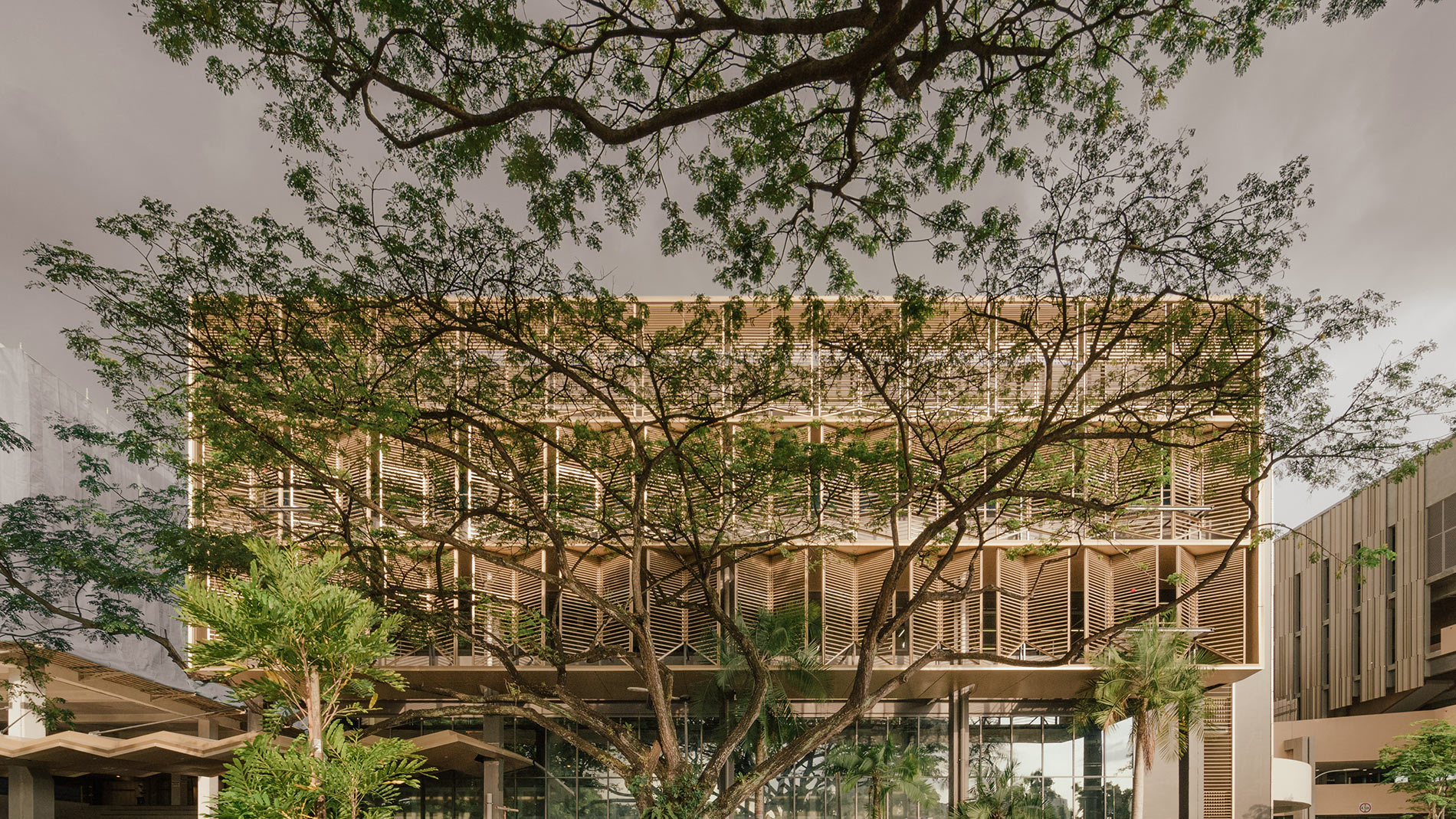Graduate Research Symposium 2023

Built Environment Modeling 2
Time: 15:00PM – 16:40 PM
Venue: Seminar Barrel Room, SDE3 Floor4
Reviewers: Eddie Lau
Speakers:
LI JIONGYE
FORECASTING OF POTENTIAL FLASH FLOOD HOTSPOTS IN SINGAPORE: INSIGHTS AND STRATEGIC INTERVENTIONS
Abstract: In the face of escalating urbanization, changing climatic conditions, and inadequate stormwater infrastructural capacity, urban flooding remains a persistent challenge for countries globally, with Singapore no exception. While initiatives like the Active, Beautiful, Clean Waters Programme (ABC Waters) have been launched by government agencies like the Public Utilities Board (PUB) to mitigate urban flooding, there persist areas identified as flash flood hotspots. This study seeks to harness the capabilities of machine learning to anticipate future flash flood hotspots.
This study will gather and examine key factors that lead to flash floods, such as watershed characteristics, terrain slope, rainfall intensity, drainage efficiency, and land use patterns. After analyzing these factors, we will determine their impact on the likelihood of flash floods occurring. Using simulated conditions, including watershed attributes, slope, rainfall, drainage capabilities, and land use patterns, our model will then forecast where and with what intensity future flash floods might occur.
The findings of this research provide a threefold contribution: (1) forecasting potential flash flood areas in Singapore based on simulated land use and a logistic regression framework, (2) recommending actionable interventions in environmental components to diminish flash flood prospects, and (3) presenting valuable insights for urban designers, planners, and policymakers, both within Singapore and internationally, on preemptive strategies against urban flash floods.
YE MENGBI
A FRAMEWORK FOR ASSESSING THE DELINEATION OF SPATIAL UNITS FOR URBAN MORPHOLOGY STUDIES
Abstract: In various fields, researchers often use specific geographic areas (referred to as ‘areal units’) for spatial analysis. Regarding urban morphology studies, the delineation of areal units is also essential for understanding physical characteristics of different parts of cities. It is thus crucial to ensure that the resulting unit greatly capture the physical character of space in an accurate, intuitive, and facilitative way. However, there has not been a comprehensive quantitative approach to evaluating the spatial unit delineation for urban morphology research. Most existing research around this topic focuses on the modifiable areal unit problem, which discusses potential biases when aggregating data at different scales. However, these studies do not offer practical solutions for assessing these units effectively. In response to this gap, we introduce a framework to assess the quality of areal units used in urban morphology studies. We propose five criteria to measure the level of homogeneity within units, ease of identification, adaptability to different data sources, comparability between units, and clarity in communication.
We then apply this framework to various areal unit designs like grids, hexagons, street blocks, and census tracts. The research findings shed light on how the choice of areal unit can affect the outcomes of urban morphology studies and provide a theoretical foundation for selecting the optimal unit for potential research purposes, such as analyzing urban economics, urban design, or microclimate conditions.
EDGARDO MACATULAD
MODELING URBAN ‘EVACUABILITY’ FROM BUILT ENVIRONMENT CHARACTERISTICS AND EVACUATION SIMULATION
Abstract: Urban development and population growth are continuing phenomena, and the increasing frequency and intensity of hazards put both the built environment and urban population at risk to disaster impacts. During disaster situations, the primary aim of emergency evacuations is bringing people out of harm’s way, as quick as possible. Evacuation management and planning commonly involved conducting evacuation drills, however these cannot completely capture changes in the physical space and pedestrian dynamics in complex environments, which pose challenges in assessing critical emergency preparedness and infrastructure capacity, and optimizing evacuation routes that consider varying scenarios. This is where digitalization of the urban space presents its utility for analytics and simulations, and within this context, this research aims to answer the question: Can urban design metrics characterizing the built environment be used to assess pedestrian evacuation?
In this study, urban metrics describing the built environment metrics (e.g. urban morphology, network metrics, mobility) will be generated using spatial modeling tools and evaluated alongside results from pedestrian evacuation simulation from agent-based modeling. A pedestrian evacuation score generated from the integrated analysis can assess the ‘evacuability’ of specific urban scenarios, which may be used to support rapid assessment of urban evacuation, to assist in updating and improving evacuation management and planning.
LINGHAO WANG
URBAN PEDESTRIAN FLOW DISTRIBUTION: A REVIEW OF INFLUENCING BUILT ENVIRONMENT FACTORS AND MODELING APPROACHES
Abstract: Pedestrian flow, quantified as the count of pedestrians per minute per meter of street width, serves as a crucial indicator of street segment crowding. The distribution of pedestrian flow within urban streets is widely recognized as a pivotal driver of urban vibrancy. Well-designed street spaces possess the capacity to attract people, promote walking, facilitate social interactions, and encourage outdoor activities, thereby fostering sustainable urban environments and healthier lifestyles.
While recent reviews have explored various urban elements impacting street walkability and pedestrian network design strategies, there remains a lack of research demonstrating the mechanisms by which the built environment shapes pedestrian decision-making processes and systematically evaluates pedestrian flow modeling.
This study aims to fill this research gap by offering an integrated review of the evolution of pedestrian flow research and its current state of the art. Employing a systematic review approach, this study seeks to address several critical questions: Firstly, it explores built environment factors that influence pedestrian route choices from five categories namely urban form, functional places, visual perception, spatial cognition, and climate comfort. Secondly, it conducts a comprehensive examination of quantitative modeling techniques used to analyze pedestrian flow distribution in urban spaces, assessing their respective strengths and weaknesses. Lastly, it outlines potential directions for future research in this field. The knowledge generated from this study holds the potential to significantly enhance our understanding of pedestrian movement patterns, thereby providing valuable support to the practice of urban design.